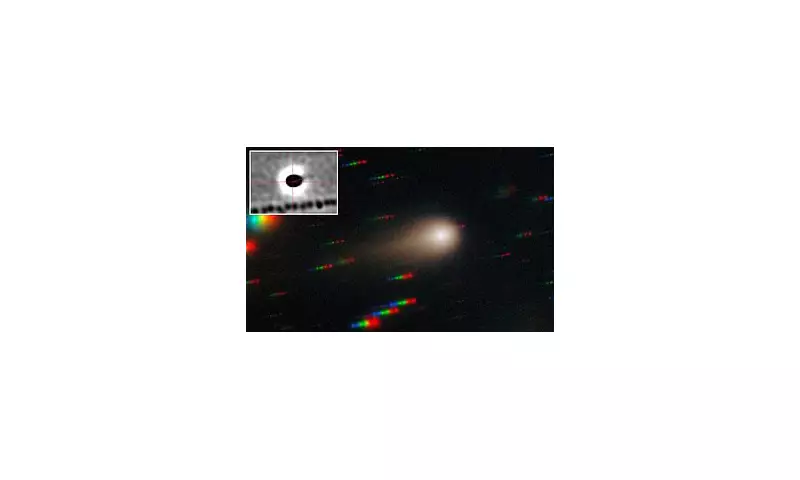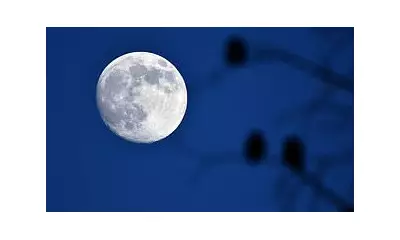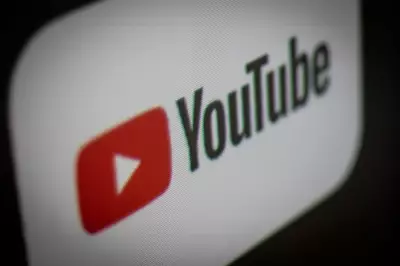
In a revelation that could rewrite our understanding of the cosmos, Harvard's leading astronomer Professor Avi Loeb has presented compelling new evidence about the mysterious interstellar object that passed through our solar system in 2017. The celestial visitor, named 'Oumuamua, continues to baffle scientists with its extraordinary characteristics that defy conventional explanation.
The Interstellar Enigma That Defied Classification
When 'Oumuamua was first detected racing through our solar system at breathtaking speeds, astronomers initially classified it as a simple interstellar rock. However, as more data emerged, the object revealed properties that challenged all known cosmic phenomena.
What made 'Oumuamua so extraordinary?
- Unprecedented shape: Unlike any natural space object observed before
- Mysterious acceleration: Defied gravitational explanations
- Unusual brightness: Reflected sunlight in patterns never seen in asteroids or comets
- Complete absence of comet-like tail or gas emissions
Scientific Consensus Shattered
Professor Loeb's research, detailed in his upcoming book "Interstellar: The Search for Extraterrestrial Life and Our Future in the Stars," presents a radical hypothesis that has divided the scientific community. While mainstream astronomy struggles to explain 'Oumuamua's anomalies through natural phenomena, Loeb argues the evidence points toward artificial origin.
"The object exhibited properties inconsistent with any known asteroid or comet," Loeb explains. "Its unusual acceleration without visible outgassing, combined with its peculiar shape and reflectivity, suggests we may have encountered technology from another civilization."
Galactic Implications
The implications of this discovery are staggering. If 'Oumuamua was indeed an artificial object, it represents humanity's first contact with technology not of this world. This revelation comes as governments worldwide are taking UFO sightings more seriously, with the US government recently declassifying numerous military encounters with unexplained aerial phenomena.
The scientific community remains divided:
- Traditional astronomers propose natural explanations involving exotic hydrogen ice or dust clouds
- Progressive researchers argue the evidence warrants consideration of artificial origins
- International space agencies are developing new telescopes specifically designed to detect future interstellar visitors
The Future of Interstellar Research
This groundbreaking research has sparked renewed interest in studying interstellar objects. The upcoming Vera C. Rubin Observatory in Chile, scheduled to begin operations soon, will dramatically increase our ability to detect similar visitors. Meanwhile, Project Galileo, initiated by Professor Loeb, aims to systematically search for extraterrestrial technological signatures.
As Professor Loeb concludes, "Whether 'Oumuamua was natural or artificial, its passage through our solar system serves as a cosmic wake-up call. We are no longer alone in our curiosity about the universe - we are becoming participants in a larger galactic conversation."





